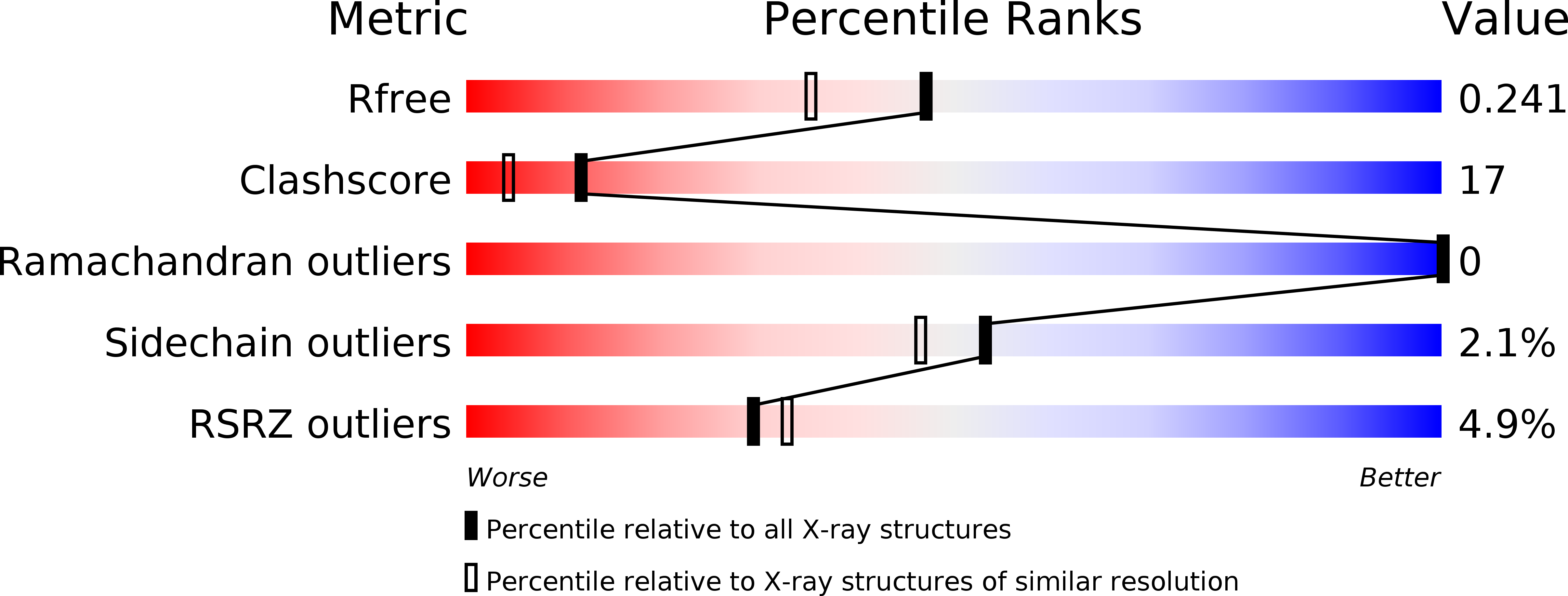
Deposition Date
2012-12-10
Release Date
2013-12-11
Last Version Date
2024-03-20
Entry Detail
PDB ID:
3W34
Keywords:
Title:
Ternary complex of Thermus thermophilus HB8 uridine-cytidine kinase with substrates
Biological Source:
Source Organism:
Thermus thermophilus (Taxon ID: 300852)
Host Organism:
Method Details:
Experimental Method:
Resolution:
1.91 Å
R-Value Free:
0.24
R-Value Work:
0.20
Space Group:
P 21 21 2


